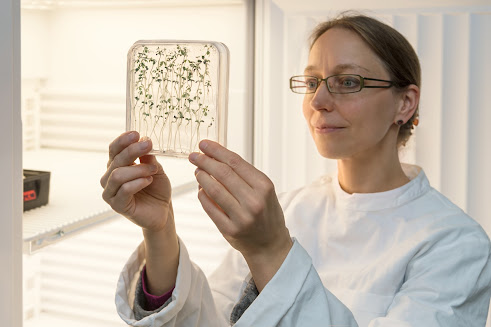 |
| Sign prohibiting dogs at one of the nature reserves. Credit: Pieter De Frenne |
New research finds that dogs being walked in nature reserves contribute a significant amount of nutrients to the environment through their feces and urine, which researchers warn could negatively impact local biodiversity. The research is published in the British Ecological Society journal, Ecological Solutions and Evidence.
Significant levels of fertilization
Researchers at Ghent University have estimated that each year dog feces and urine add an average of 11kg of nitrogen and 5kg of phosphorous per hectare to nature reserves near the Belgian city of Ghent. The researchers say that the nutrients added through this neglected form of fertilizations are substantial and could be detrimental to biodiversity and ecosystem functioning.
The estimates for the amount of nitrogen being added by this previously unrecorded source are particularly significant when compared to the total levels of nitrogen being added across most of Europe through fossil fuel emissions and agriculture, which range from 5 to 25kg of nitrogen per hectare.
Professor Pieter De Frenne of Ghent University and lead author of the research said: “We were surprised by how high nutrient inputs from dogs could be. Atmospheric nitrogen inputs from agriculture, industry and traffic rightfully receive a lot of policy attention, but dogs are entirely neglected in this respect.”















.jpg)
